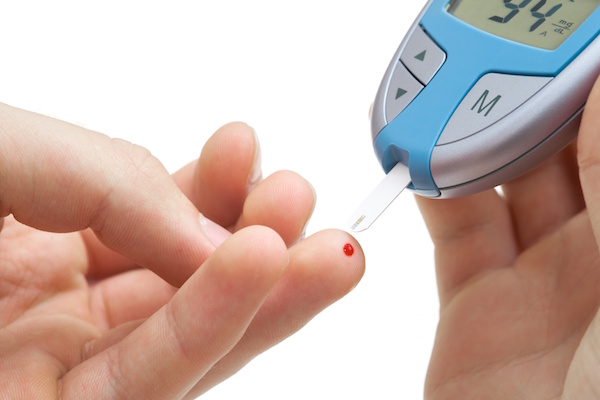
WEDNESDAY, Nov. 25 (HealthDay News) — A drug commonly used to treat non-Hodgkin’s lymphoma and rheumatoid arthritis now also shows some promise in helping patients newly diagnosed with type 1 diabetes.
The drug, rituximab (Rituxan), helped patients keep producing some of their own insulin, even though the disease had destroyed some of their pancreatic beta cells, which produce the critical hormone, reports a study in the Nov. 26 issue of the New England Journal of Medicine.
The results were on par with those seen in other studies trying experimental immune therapies for type 1 diabetes, said study lead author Dr. Mark D. Pescovitz, professor of surgery and of microbiology/immunology at Indiana University in Indianapolis.
But the findings have to be interpreted with a “little caution,” warned Dr. Vivian Fonseca, professor of internal medicine at Texas A&M Health Science Center College of Medicine and director of the Diabetes Institute at Scott & White in Temple.
“This paper doesn’t appear as if this is a cure for diabetes. Patients did manage to produce more insulin themselves, but it’s not a huge amount more. The insulin dose they used was a little bit less but not hugely less,” he continued. “Even with this data, we’re a long, long way from getting approval for using this kind of treatment. Also, the patients in the study were newly diagnosed so there is virtually no application for people who have had type 1 diabetes for some time.”
But needing less outside insulin does have advantages. “We know that people who produce some of their own insulin tend to have less complications in the long term,” Fonseca said. Those complications can include blindness and heart trouble, although in no way do researchers yet know if rituximab will reduce those problems in type 1 diabetics over the long-term.
Type 1 diabetes is an autoimmune disease in which the body’s own immune system destroys the critical insulin-producing beta cells of the pancreas.
“People have been trying to change the immune system to treat type 1 diabetes, the rationale being that it’s an autoimmune disease where you get antibodies that destroy the cells in the pancreas that produce insulin,” Fonseca explained.
Up to now, much research has focused on the immune cells known as T-lymphocytes, the immune cells that attack the pancreas, but there has been increasing speculation that another type of cell, called B-lymphocytes, may also play a role. B cells work a step back in the process, stimulating the T cells to do their damage, Pescovitz explained. Rituximab targets B-lymphocytes.
“This deals with a whole new clinical pathway to try to deal with type 1 diabetes,” he said.
In this phase 2 trial, 87 patients with newly diagnosed type 1 diabetes were randomly assigned to receive rituximab infusions or a placebo at one-week intervals for four weeks.
After one year, C-peptide levels — an indicator of how much insulin is being produced by the body — were higher in people taking rituximab versus those in the placebo group.
Those in the rituximab group also needed less external insulin and had fewer B cells.
Side effects faded with time, although Pescovitz pointed out that long-term adverse effects from rituximab are not yet known.
It’s also not clear if this treatment would be superior to other immunosuppressive strategies, but it is certainly easier to deliver, he said.
“This [B cell] approach is all done as an outpatient basis whereas the [other agents] are done as inpatients,” said Pescovitz.
And treatment over only three weeks gave a response that lasted a year, Fonseca noted.
Next, researchers need to determine if additional infusions over time will confer added benefits, and they also plan to look into ways to help the beta cells actually grow back or ways to transplant beta cells.
The study was funded by the U.S. National Institutes of Health, the Juvenile Diabetes Research Foundation International and the American Diabetes Association. Genentech and Biogen Idec, which make rituximab, provided the medication for the trial.
More information
There’s more on type 1 diabetes at the Juvenile Diabetes Research Foundation.

